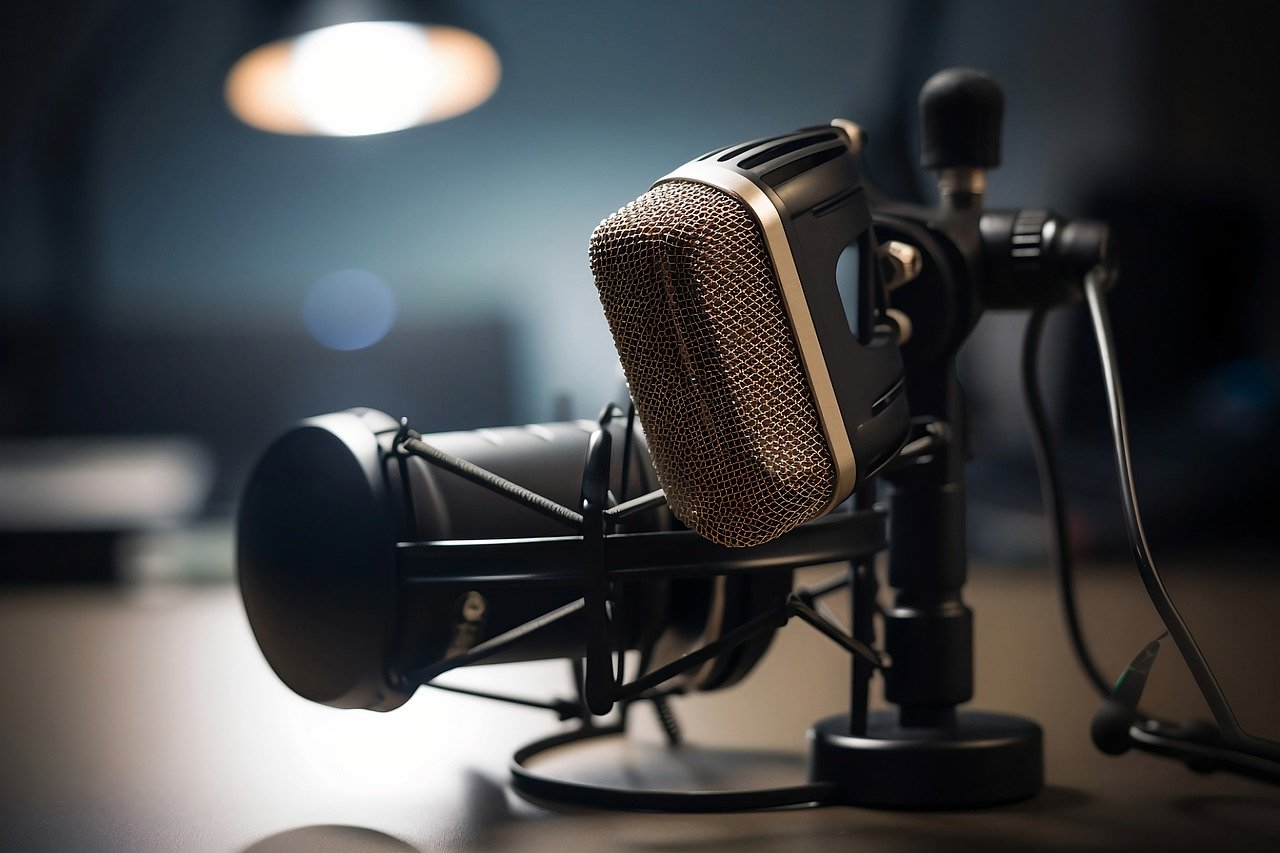The Ultimate Guide to Noise Reduction with Soundproofing Sponges: Professional-Grade Solutions
1. Material Mastery: Choosing the Right Sound Absorber
Understanding Noise Profiles
-
Bass frequencies (heavy machinery, subwoofers): Require dense, heavyweight materials (minimum 80kg/m³) in substantial thicknesses
-
Treble frequencies (conversations, glass clinking): Respond better to medium-density absorbers with air gaps
Advanced Material Matrix
| Performance Tier | Ideal Application | Pro Tip |
|---|---|---|
| Premium mineral wool | Recording studios | Combine with resilient channels for 30% better isolation |
| Hybrid acoustic foam | Home theaters | Pyramid patterns scatter mid-range frequencies |
| Mass-loaded vinyl | Apartment floors | Layer under flooring for impact noise reduction |
Next-Level Techniques
-
Frequency-targeted layering: Combine open-cell foam (highs) with dense rubber (lows)
-
Tuned absorption: Vary material thicknesses to address specific problematic frequencies
2. Installation Secrets of the Pros
Wall Systems That Work
-
Decouple surfaces using Z-shaped metal channels
-
Apply constrained layer damping with viscoelastic compounds
-
Build staggered stud walls with offset acoustic insulation
Window & Door Fortification
-
Install magnetic perimeter seals (superior to standard weatherstripping)
-
Use laminated glass with asymmetric thickness (e.g., 6mm + 8mm panes)
-
Implement automatic threshold seals with pressure-activated drop mechanisms
Vibration Elimination
-
Floating floor assemblies with neoprene pads
-
HVAC isolation using spring hangers and flexible duct connectors
-
Pipe insulation with lead-lined jackets for plumbing noise
3. Real-World Soundproofing Solutions
Urban Apartment Makeover
-
Triple-pane retrofit windows with argon gas fill
-
Ceiling cloud absorbers suspended on vibration isolators
-
Bookcase bass traps in room corners
Professional Studio Build
-
Room-within-a-room construction
-
Angled double drywall with Green Glue damping compound
-
Frequency-specific broadband absorbers
Industrial Noise Control
-
Custom modular sound enclosures with 360° sealing
-
Vibration isolation foundations using inertia blocks
-
Duct silencers with aerodynamic baffle designs
4. Expert Troubleshooting
When Good Soundproofing Goes Bad
-
The 3dB Dilemma: Why doubling material doesn't double effectiveness
-
Flanking Paths: Hidden sound leaks through electrical conduits and structural elements
-
Over-absorption: Creating "dead" spaces with poor acoustic balance
Diagnostic Tools
-
Smartphone spectrum analyzer apps
-
Thermal cameras to find insulation gaps
-
Stethoscopes for pinpointing sound leaks
5. Verification & Fine-Tuning
Performance Metrics That Matter
-
STC (Sound Transmission Class) ratings for walls
-
IIC (Impact Insulation Class) for floors
-
NRC (Noise Reduction Coefficient) for materials
Calibration Techniques
-
White noise testing with calibrated mics
-
Time-domain reflectometry for hidden voids
-
Modal analysis to identify standing waves







